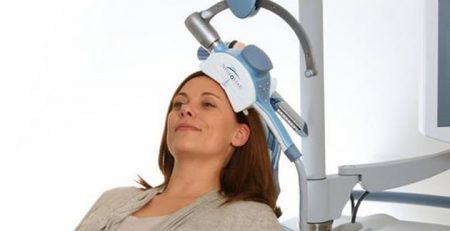ADD VS ADHD – What’s the Difference?
What is ADHD?
ADHD is a medically recognized term for the mental health condition known as Attention Deficit Hyperactivity Disorder. This disorder is also associated with ADD or Attention Deficit Disorder. However, it is now only used to describe mental health conditions where individuals bear a lack of focus, inattentiveness or a short attention span- a type of ADHD.
Simple difference between the two conditions is that people with ADHD are hyperactive or impulsive, while people with ADD (type of ADHD) are inattentive
Types of ADHD
There are three types of ADHD: Inattentive, Hyperactive, and Mixed ADHD.
Inattentive ADHD
Inattentive ADHD is recognized as a child exhibiting nonchalant and uninterested behavior. Adults on the other hand exhibit problems in regulating their emotions. Some of the symptoms of this mental condition are:
- Failure to pay attention to details
- Careless mistakes
- Inability to listen when spoken to
- Inability to execute projects to an end
- Challenges with leadership positions
- Refusal or hesitance to commit to mentally engaging/demanding tasks
- Submission to distractions
- Forgetfulness
Hyperactive ADHD
Hyperactive or otherwise known as Impulsive ADHD is the archetypal type of mental condition where individuals are hyperactive in their daily lives. Some of the symptoms of this condition are:
- Inability to sit motionless in a place
- Running, jumping or climbing in inappropriate places among preadolescents, while adolescents and adults may be physically restless
- Inability to enjoy peace and quiet
- Talkative
- Inability to hold back or filter words
- Inability to wait in queues
- Constant interruptions in conversations
Combined/ Mixed ADHD
Combined/ Mixed ADHD is diagnosed when an individual has 6 or more common signs of Inattentive ADHD, and 6 or more Hyper-Impulsive ADHD.
Consult our expert psychiatrists for diagnosis or medical treatment for ADHD.











